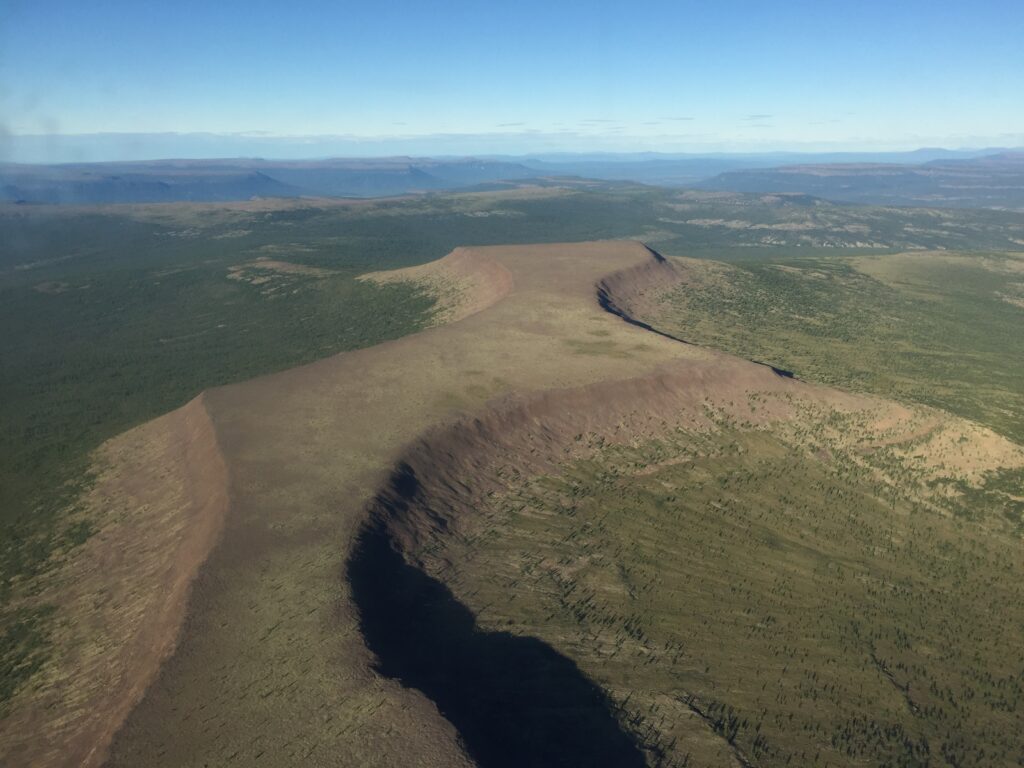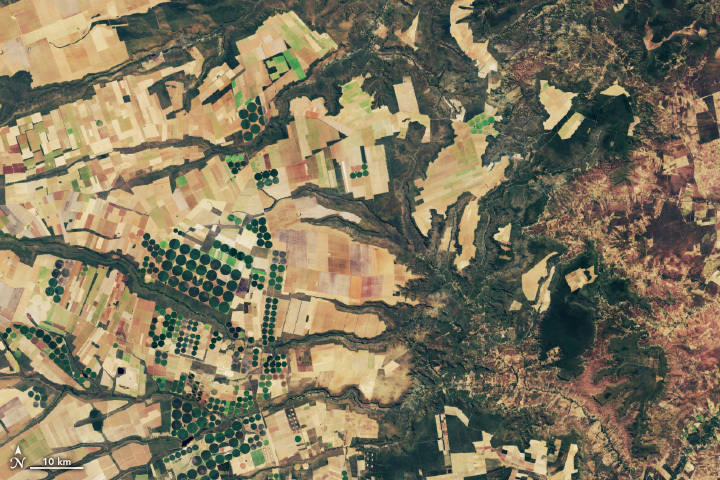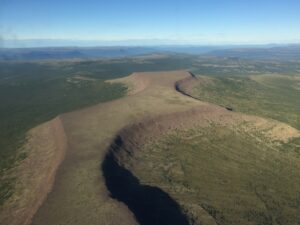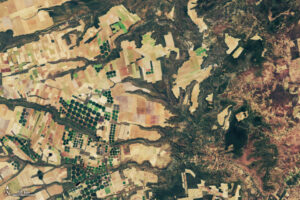Landsat data users just got one step closer to revolutionary new Earth-observation data. On June 12, NASA announced in a contract release that Raytheon Company will build the series of Landsat Next instruments. In the $506.7 million contract, Raytheon will provide the design, engineering analyses, algorithms, fabrication, testing, delivery, and support for the Landsat Next Instruments, with work primarily performed at facilities in El Segundo, California.
Targeted for launch in late 2030/early 2031, Landsat Next is an innovative Landsat mission that represents a quantum leap in measurement capabilities with improved temporal, spatial, and spectral resolutions.
The new Landsat Next mission will not only ensure the continuity of the longest space-based record of Earth’s land surface, but it will fundamentally transform the breadth and depth of actionable information freely available to end users. With increased temporal resolution—the number one request from data users—Landsat Next’s 6-day revisit will advance the monitoring of dynamic landscapes, enrich the understanding of landscape disturbance and recovery, and improve the probability of acquiring cloud-free scenes.
Landsat Next will also collect all spectral bands at improved spatial resolutions, with ground sample distances of 10 to 20 meters for VSWIR (visible to shortwave infrared) bands and 60 meters for atmospheric VSWIR and TIR (thermal infrared) bands. Landsat Next will be “superspectral,” collecting 26 bands to enhance data synergy and unlock new applications that support water quality and aquatic health assessments, crop production and soil conservation, forest management and monitoring, and climate and snow dynamics research.
With two to three times the temporal, spatial, and spectral resolution, Landsat Next will build upon the 50-year Landsat legacy of observing, managing, and adapting to changes on Earth, and provide expanded capabilities to support evolving and emerging applications in land, water, and climate science.
The Landsat Next mission is a partnership between NASA and the U.S. Geological Survey to advance Earth observing technologies, science, and applications under the Sustainable Land Imaging Program to more effectively map, monitor, and manage America’s land, water, and coastal resources.






